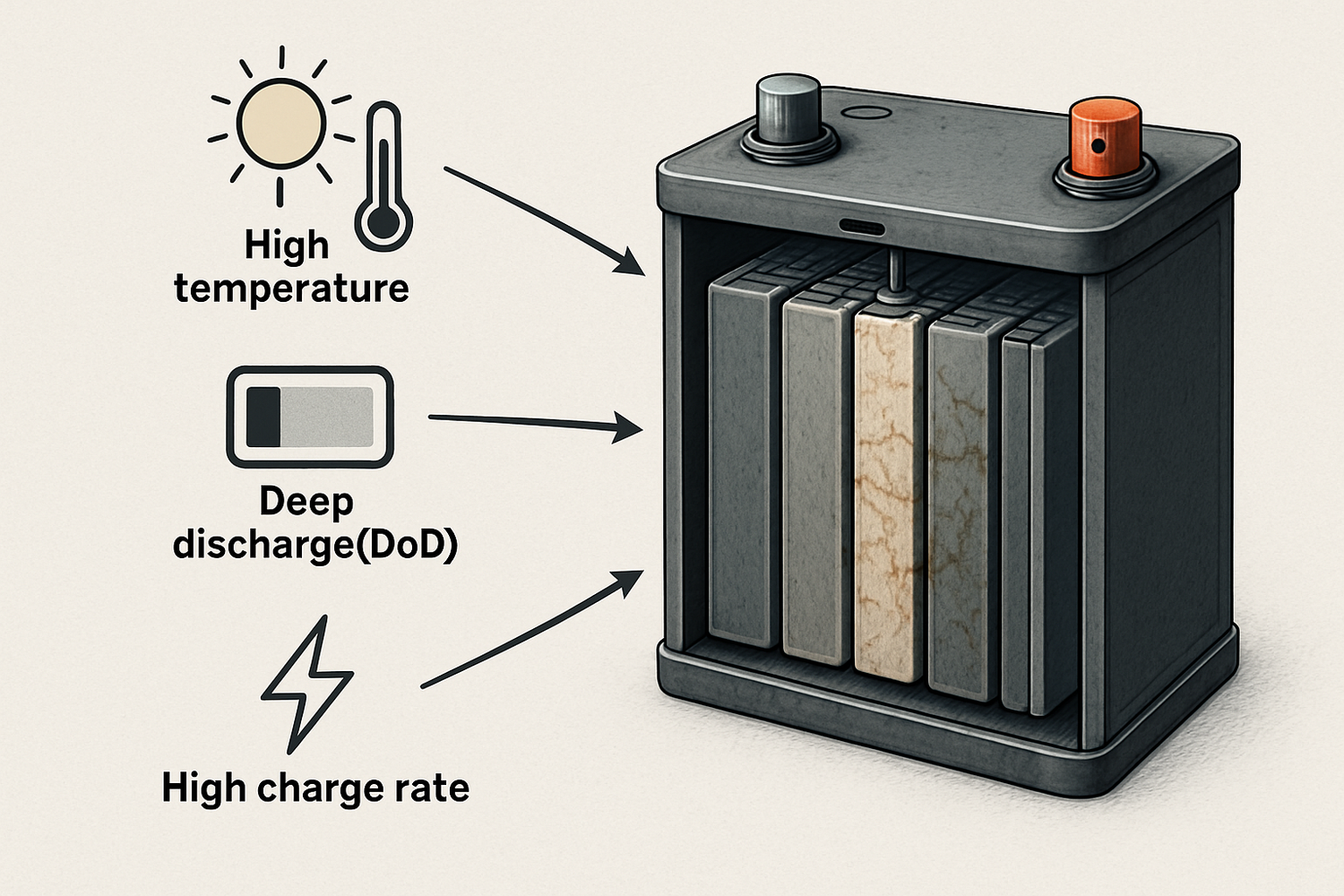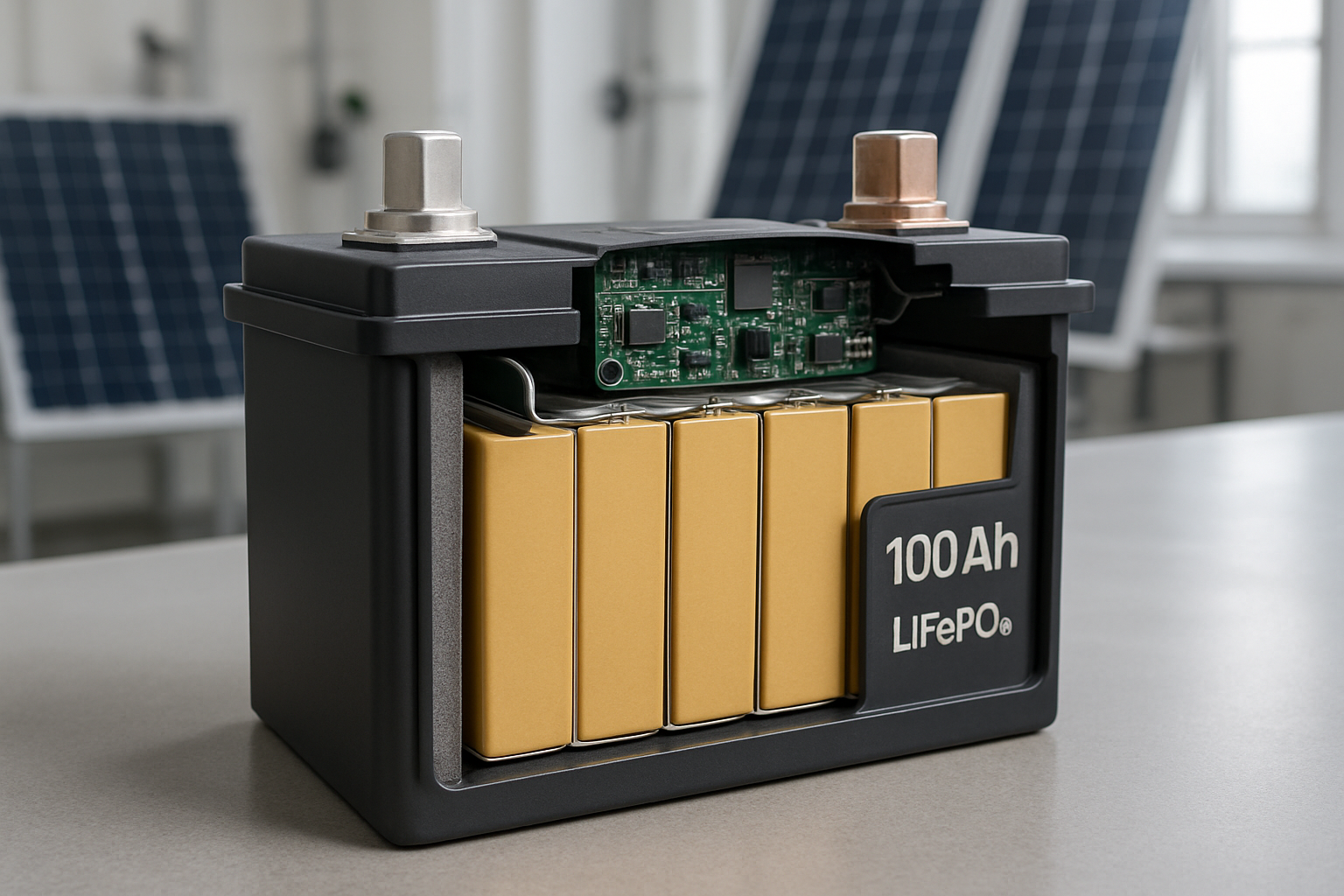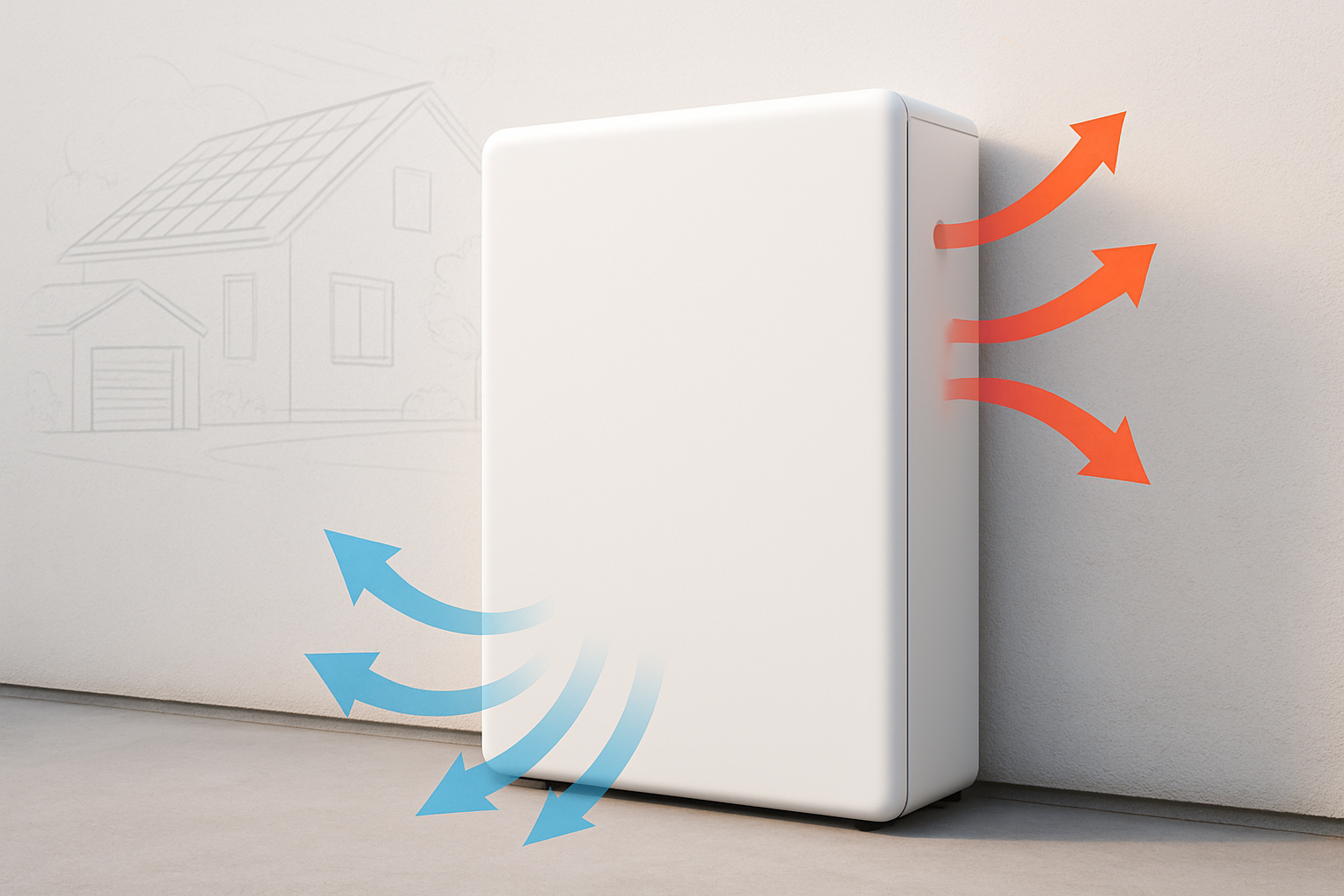A solar energy storage system is a significant investment in your energy independence. Its value is directly tied to its lifespan. While many focus on the number of charge cycles, the true longevity of a battery is determined by a complex interplay of chemistry, usage patterns, and environmental conditions. Understanding the science behind battery degradation is the first step toward protecting your investment and ensuring a reliable energy supply for years to come.
Understanding Battery Degradation: The Core Mechanisms
Battery degradation is the gradual loss of usable capacity over time. This process is natural and unavoidable, but its rate can be managed. It occurs through two primary pathways: calendar aging, which happens over time regardless of use, and cycle aging, which results from charging and discharging. Both are driven by subtle chemical changes within the battery cells.
Calendar Aging vs. Cycle Aging
Calendar aging refers to the degradation that occurs while the battery is idle. It is heavily influenced by the state of charge and ambient temperature. Cycle aging is directly related to the work the battery does. Each time you charge and discharge the battery, microscopic stresses and changes occur within its internal components, contributing to capacity loss. A comprehensive approach to battery health must address both of these factors.
Key Chemical Processes at Play
Inside a lithium-ion battery, several chemical reactions contribute to degradation. A primary mechanism is the growth of the Solid Electrolyte Interphase (SEI) layer. This layer forms on the anode during the first few cycles and is necessary for battery function, but it continues to grow slowly over time, consuming active lithium and increasing internal resistance. Another process, lithium plating, can occur during charging at low temperatures or high rates. This involves metallic lithium depositing on the anode, which can permanently reduce capacity and pose safety risks.
The Primary Factors Accelerating Battery Degradation
While degradation is inherent, certain external factors can drastically speed up the process. Managing these stressors is critical for extending the life of your solar energy storage system. As noted in the U.S. Department of Energy's work to improve energy storage interconnection, stabilizing the grid with storage requires reliable and long-lasting components.
The Impact of Temperature
Temperature is arguably the most significant factor affecting battery health. High temperatures, typically above 30°C (86°F), accelerate the chemical reactions that cause degradation, such as SEI layer growth. Conversely, charging a battery below 0°C (32°F) can lead to lithium plating, permanently damaging the cell. Maintaining a stable, moderate temperature is crucial for longevity.
Depth of Discharge (DoD) and State of Charge (SoC)
Depth of Discharge refers to the percentage of the battery's capacity used in a cycle. Consistently discharging the battery to a very low level (a high DoD) puts more strain on the electrodes, leading to faster degradation. For example, a battery regularly cycled to 50% DoD will last many more cycles than one consistently drained to 90%. Similarly, keeping a battery at a very high or very low State of Charge for prolonged periods also contributes to calendar aging. For long-term storage, a moderate SoC of 40-60% is often recommended.
Charge and Discharge Rates (C-Rate)
The C-rate measures how quickly a battery is charged or discharged relative to its capacity. A 1C rate on a 100Ah battery means a 100-amp current. High C-rates generate excess heat and cause physical stress on the battery's internal structure. While fast charging is convenient, it comes at the cost of accelerated aging. For stationary storage, using lower C-rates ensures less stress and a longer operational life.
Strategies for Extending Solar Battery Lifespan
Armed with an understanding of what causes degradation, you can implement effective strategies to mitigate it. These practices focus on controlling the battery's operating conditions to minimize stress on its components. The economic viability of storage systems depends heavily on these operational profiles and degradation rates, a complexity highlighted by research from the International Renewable Energy Agency (IRENA). According to their Electricity Storage Valuation Framework, managing these factors is key to monetizing the value of storage.
Implementing Smart Charging and Discharging Protocols
A modern Battery Management System (BMS) is the brain of your energy storage system. It actively monitors cell voltage, temperature, and current to prevent over-charging, over-discharging, and overheating. A quality BMS also performs cell balancing, ensuring all cells in the pack age at a similar rate. Configuring your solar charge controller and inverter to operate within conservative parameters—for instance, setting charge limits to 90% SoC and discharge limits to 20% SoC—can dramatically extend cycle life.
The Importance of Proper System Sizing
Sizing your battery bank correctly is fundamental to its longevity. An undersized system will be forced to work harder, experiencing deeper discharges and higher C-rates to meet your energy demands. This constant stress leads to rapid degradation. A properly sized or slightly oversized system operates in a less stressful state, improving both performance and lifespan. For a deeper analysis of how these factors influence real-world outcomes, a comprehensive look at solar storage performance metrics can provide further clarity.
Environmental Control and Thermal Management
Creating a stable environment for your battery is a simple yet effective strategy. Install your battery bank in a location that is protected from extreme temperature swings, such as a basement or an insulated garage. Ensure there is adequate ventilation to allow heat generated during operation to dissipate. For larger systems, active thermal management, such as cooling fans, may be a worthwhile addition to maintain optimal operating temperatures.
The Role of Battery Chemistry in Longevity
Not all lithium-ion batteries are created equal. The specific chemistry of the cathode material has a profound impact on a battery's performance, safety, and, most importantly, its lifespan. For solar energy storage, the choice of chemistry is a critical decision.
Comparing LiFePO4 and NMC Chemistries
Two of the most common chemistries are Lithium Iron Phosphate (LiFePO4) and Nickel Manganese Cobalt (NMC). LiFePO4 is known for its exceptional stability and long cycle life, often exceeding 3,000 cycles even at high depths of discharge. Its strong chemical bonds make it highly resistant to thermal runaway. NMC offers higher energy density, meaning more storage capacity in a smaller space, but this often comes with a shorter cycle life and lower thermal stability.
| Feature | Lithium Iron Phosphate (LiFePO4) | Nickel Manganese Cobalt (NMC) |
|---|---|---|
| Typical Cycle Life | 3,000 – 7,000+ cycles | 1,000 – 2,000 cycles |
| Thermal Stability | Excellent | Good |
| Safety Profile | Very High | Moderate |
| Energy Density | Lower | Higher |
A Forward Look at Your Energy Investment
The longevity of a solar energy storage system is not a matter of chance; it is a direct result of informed decisions and proper management. By understanding the scientific principles of battery degradation, you can take proactive steps to mitigate its effects. Choosing a robust chemistry like LiFePO4, ensuring your system is correctly sized, and controlling the operating environment are the pillars of a long-lasting energy solution. These actions will help you maximize the return on your investment and enjoy reliable, clean energy for many years.
Frequently Asked Questions
What is the average lifespan of a solar battery?
The lifespan of a solar battery depends heavily on its chemistry, usage patterns, and operating environment. Lithium Iron Phosphate (LiFePO4) batteries, a popular choice for solar energy storage, typically offer 3,000 to 7,000 charge cycles and can last 10 to 20 years with proper care. Other lithium-ion types may have shorter lifespans.
Does leaving a solar battery fully charged damage it?
Leaving a lithium-ion battery at a 100% state of charge for extended periods, especially at high temperatures, can accelerate calendar aging and reduce its overall lifespan. It is generally better to keep the battery within a moderate state of charge range, such as 20% to 80%, when not in active use.
How does a Battery Management System (BMS) protect a battery?
A Battery Management System (BMS) is a critical electronic system that monitors and manages the battery's state. It protects the cells from operating outside their safe limits by preventing over-charging, over-discharging, and overheating. It also performs cell balancing to ensure all cells in the pack age evenly, which is vital for both performance and longevity.





Leave a comment
All comments are moderated before being published.
This site is protected by hCaptcha and the hCaptcha Privacy Policy and Terms of Service apply.